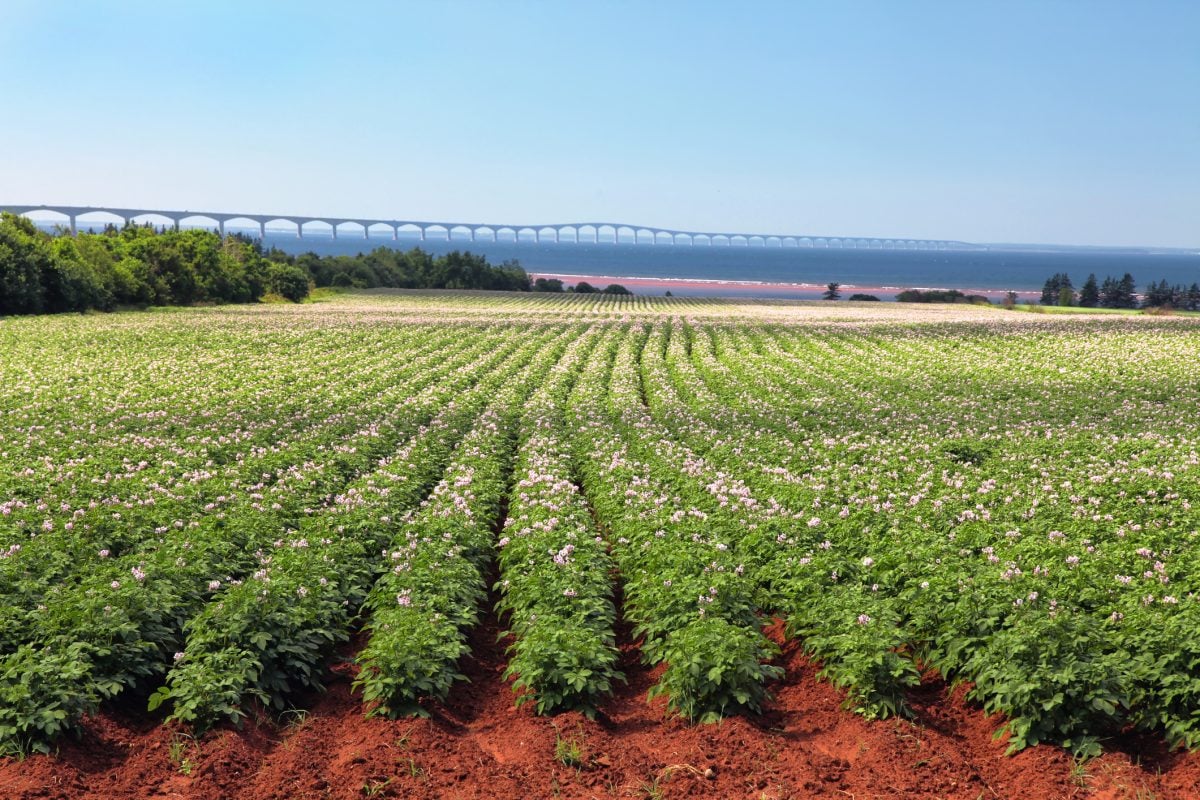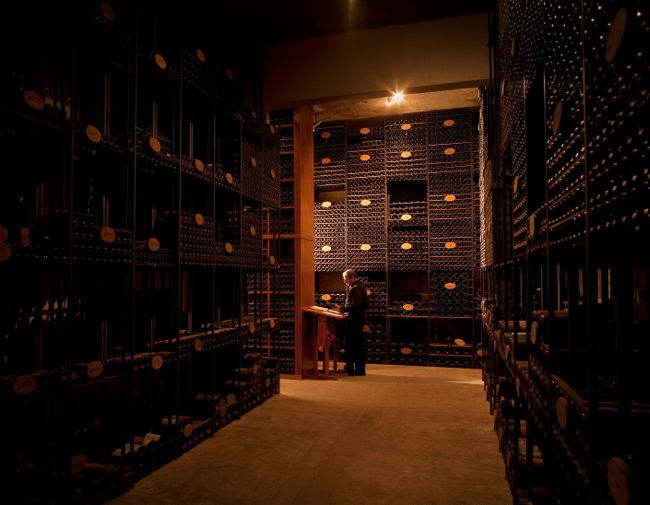London | Reuters — Forget government bonds, fine art and even stamps: red wine outperformed them all over the 20th century.
At least that’s what research by a team of academics from the University of Cambridge, HEC Paris and Vanderbilt University of Nashville shows.
The Warren Buffetts of the fine wine world could have earned annualized real returns of 4.1 per cent from 1900 to 2012, beating government bonds, fine art and stamps, though British equities would have given annualized returns of 5.2 per cent.
“You would have done nowhere like as well as equities but the returns are surprisingly high compared to the returns on cash or bonds,” Elroy Dimson, visiting professor at the Cambridge Judge Business School, told Reuters by telephone.
Read Also

CFIA looks for feedback on proposed seed potato rule changes
The Canadian Food Inspection Agency is looking for public and industry input on proposed amendments to regulations around seed potatoes.
“Life is a little unfair and wealthy people who buy these assets — in this case, wine — if they keep half to drink and sell half, maybe the half they sell could pay for the half they drink,” he said.
The research crunched the data from 36,271 transactions for five red Bordeaux wines — Haut-Brion, Lafite-Rothschild, Latour, Margaux, and Mouton-Rothschild — from the sales rooms of Christie’s auctioneers and wine merchant Berry Bros. and Rudd.
Annualized real returns over the same period on British government bonds were 1.5 per cent, 2.4 per cent on art and 2.8 per cent on stamps, according to data quoted in the research.
So did the academics get to try the Premiers Crus Bordeaux, which can fetch 8,000 pounds (US$13,500) a bottle, as part of their research?
“No. Come on. They are 8,000 pounds a bottle… They are for Chinese millionaires, not for humble academics,” said Dimson.
Dimson used the example of port, which underperformed fine red wine over the century to caution that drinking fashions can change dramatically over time.
But he did have one bit of advice for tippler-investors planning for the next century: whisky.
“Fine whisky may be the coming thing,” he said.
— Guy Faulconbridge is Reuters’ bureau chief for the U.K. and Ireland, based in London.















